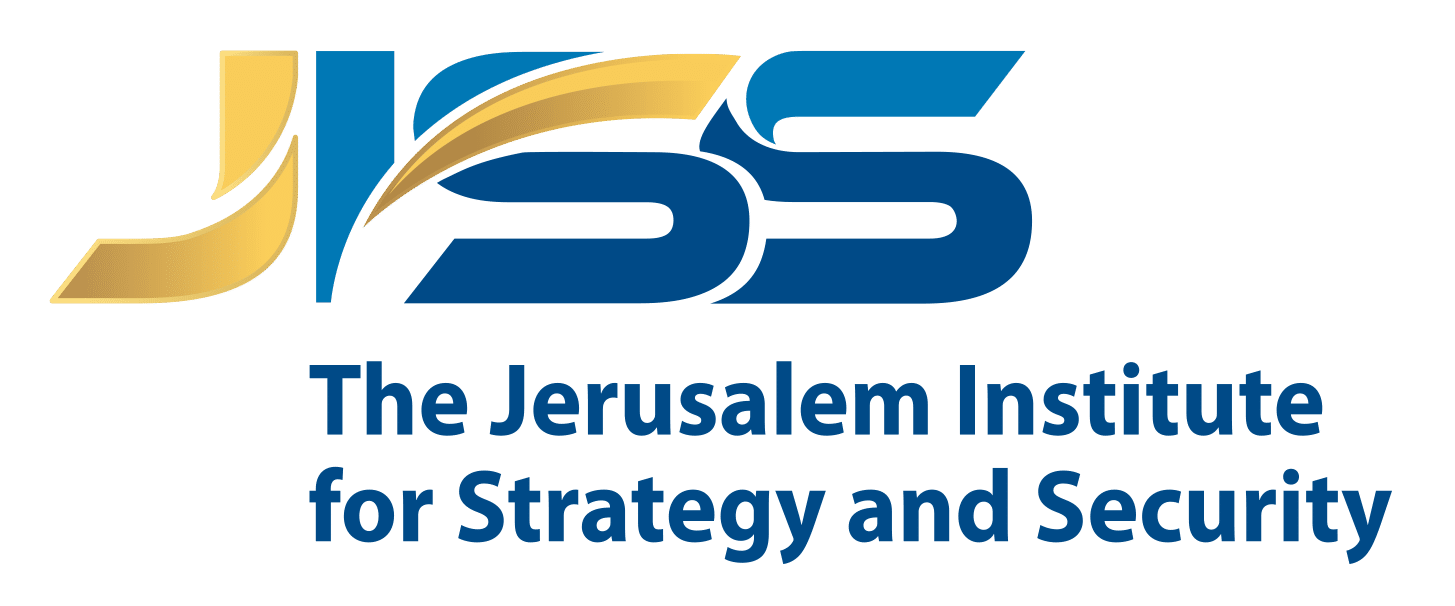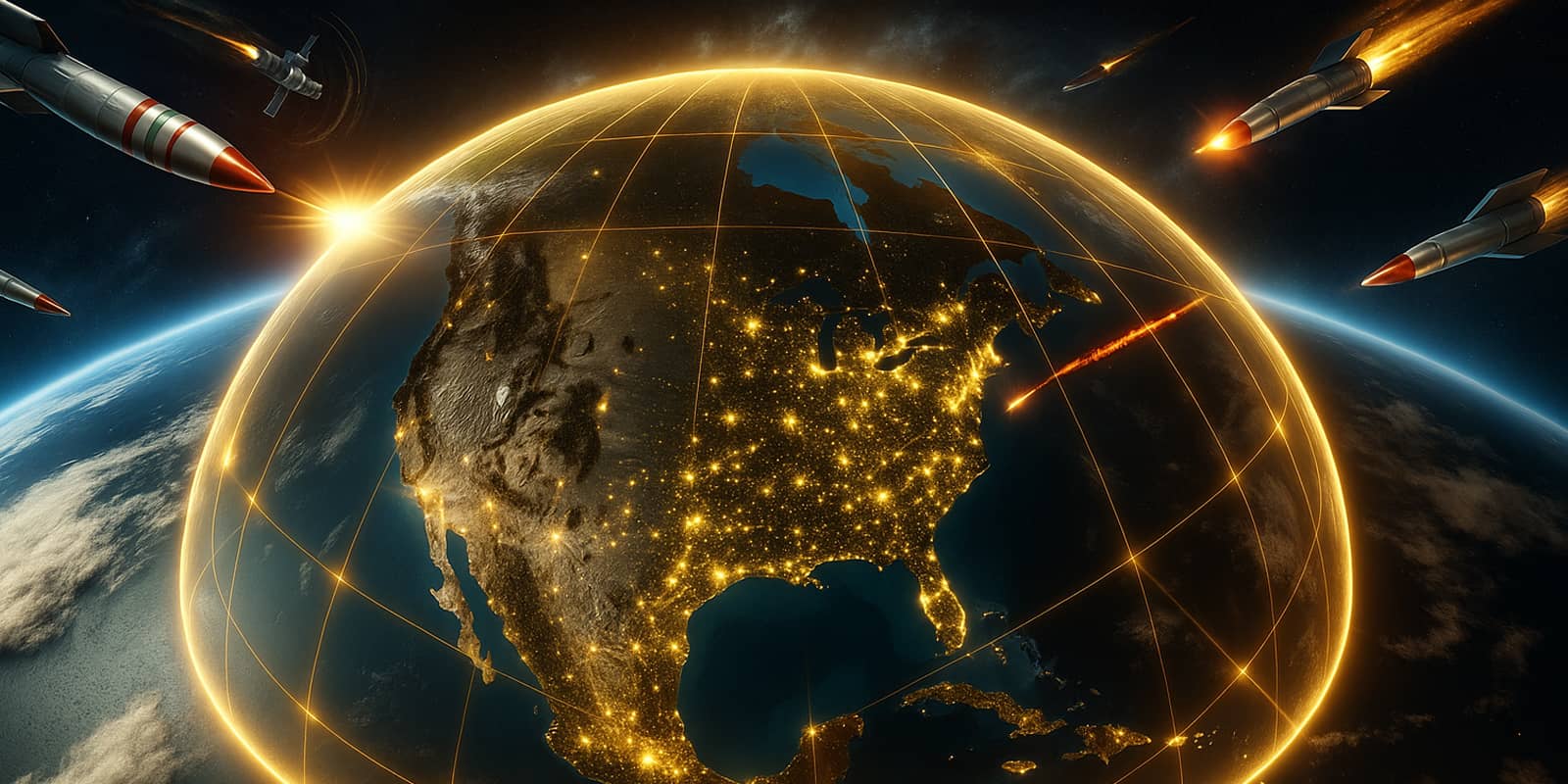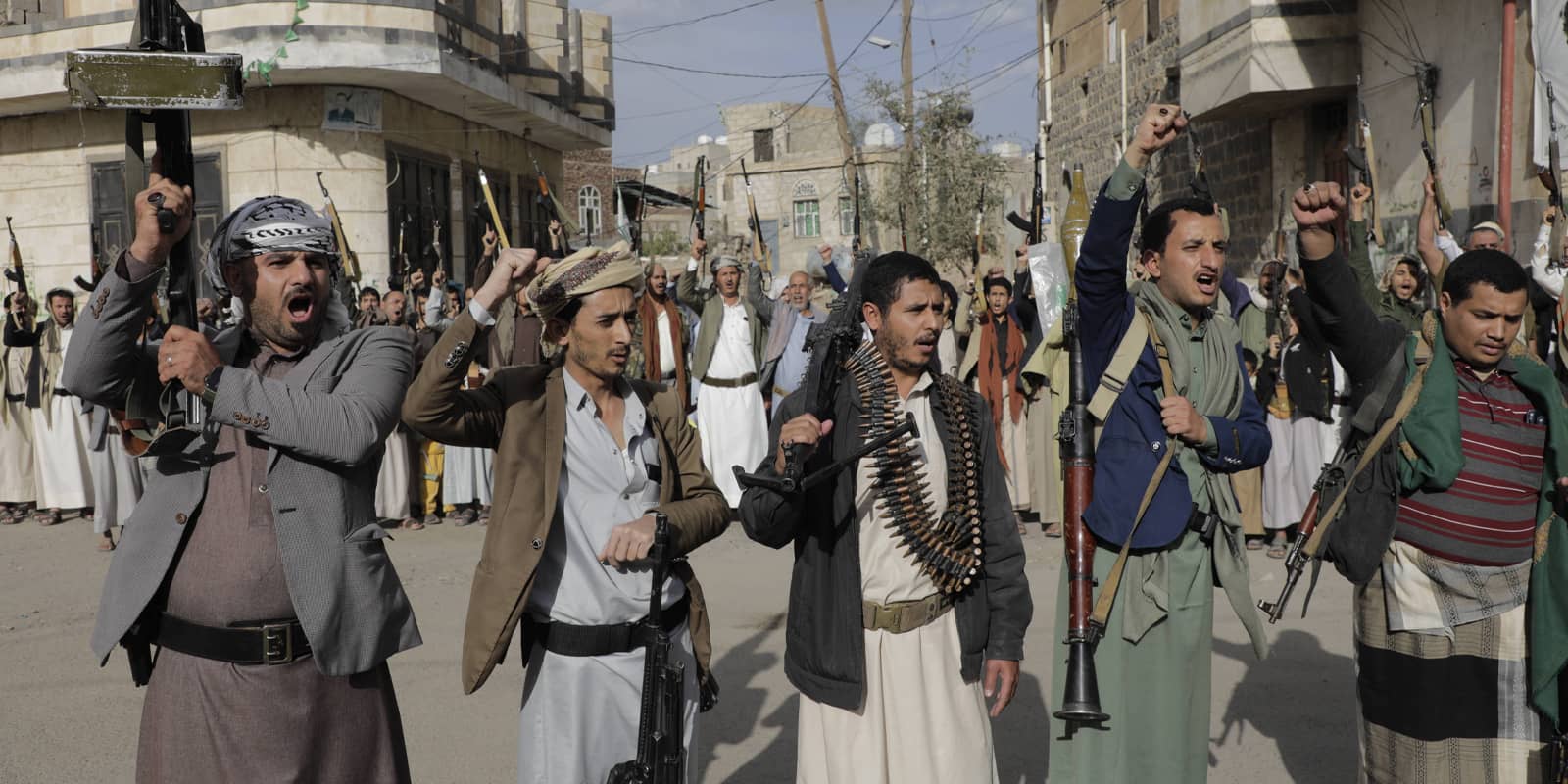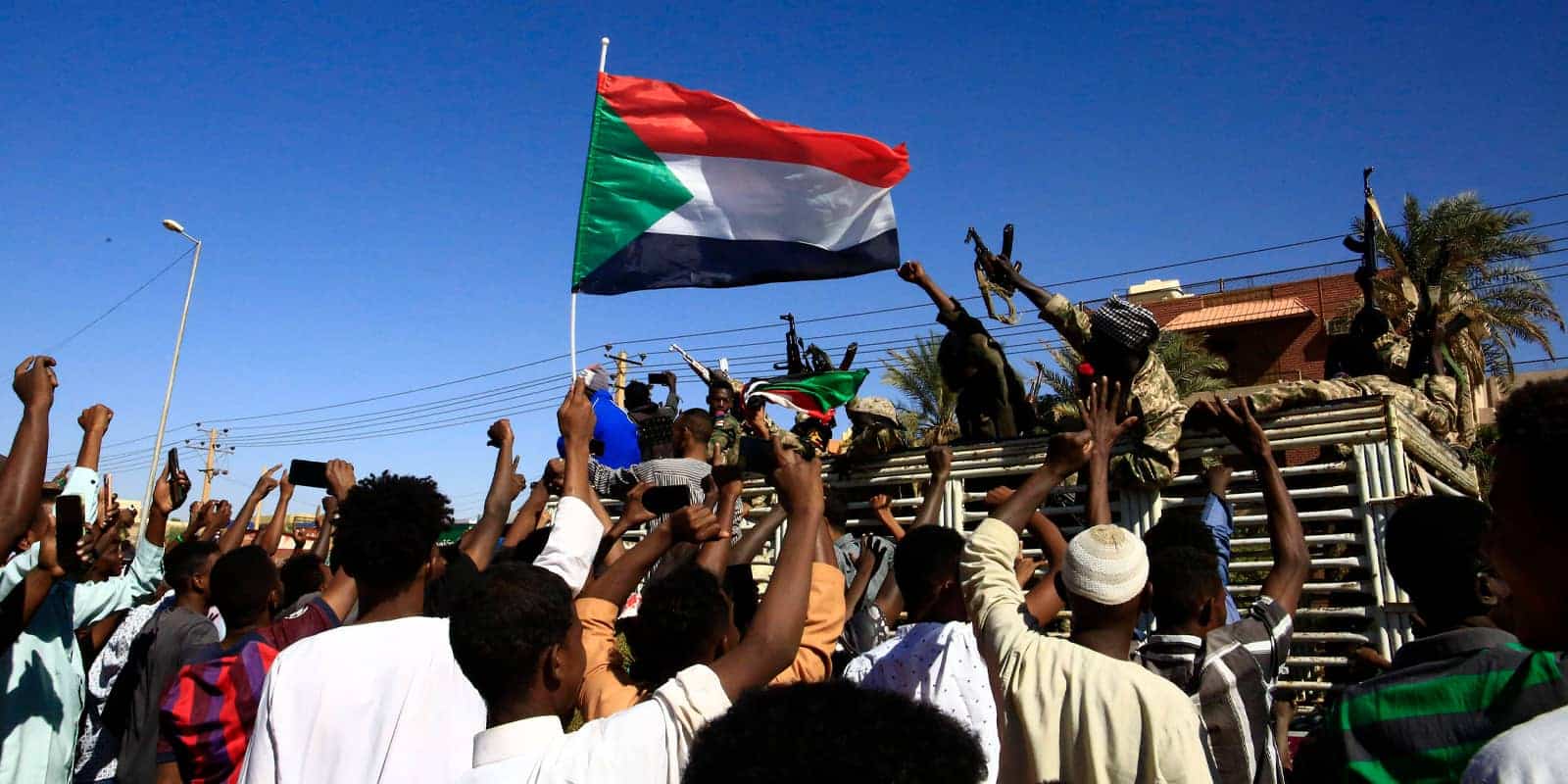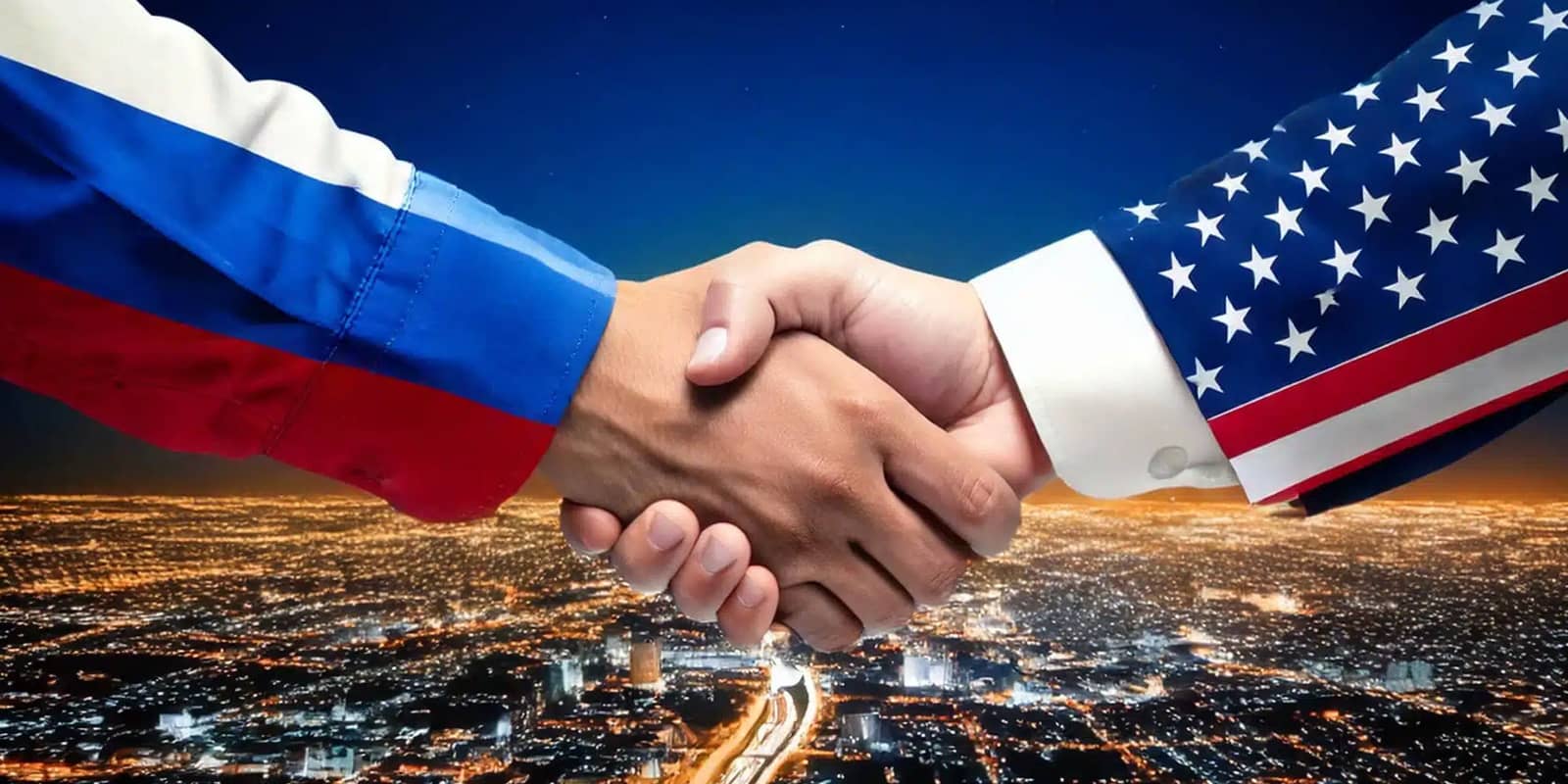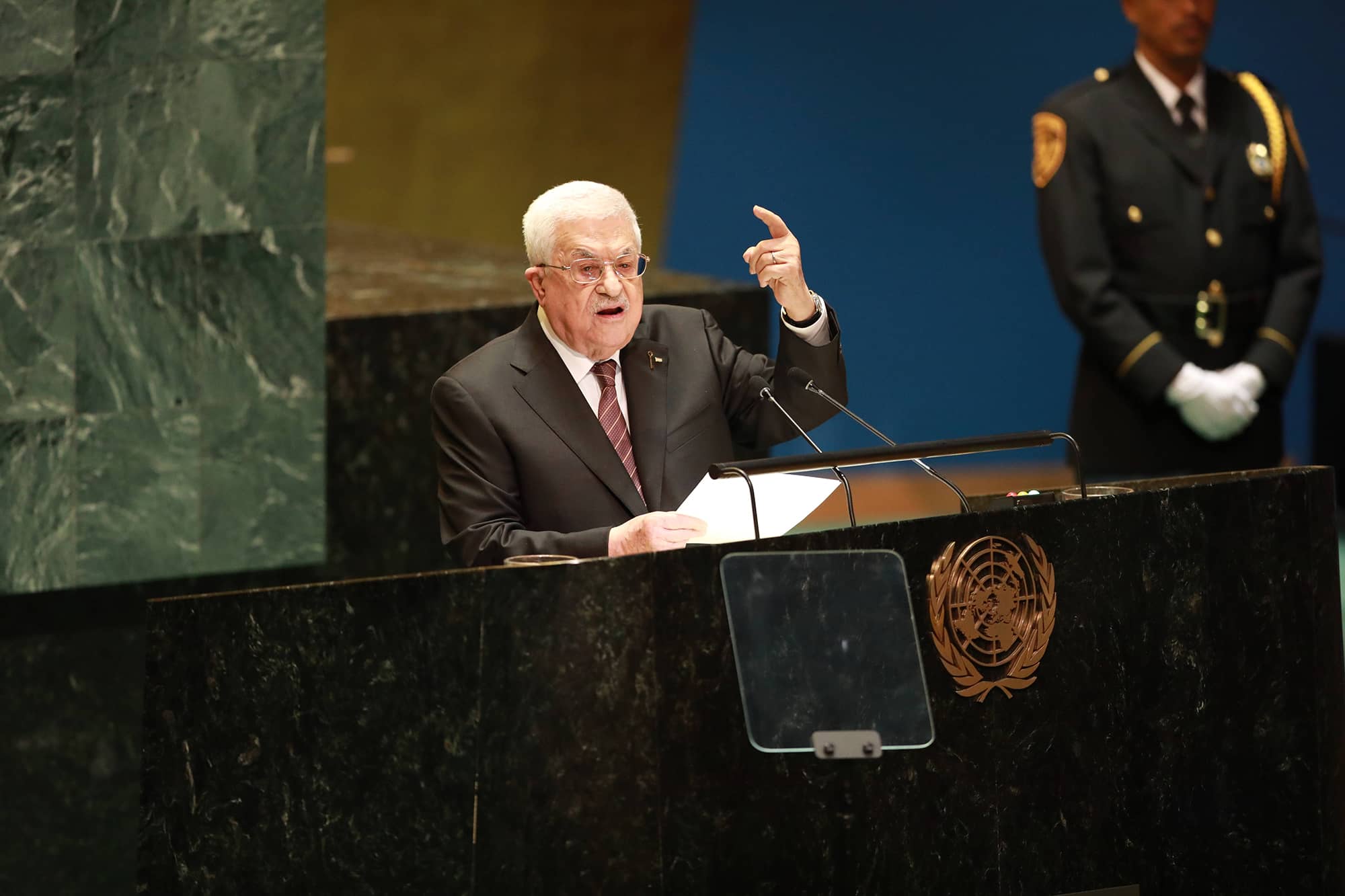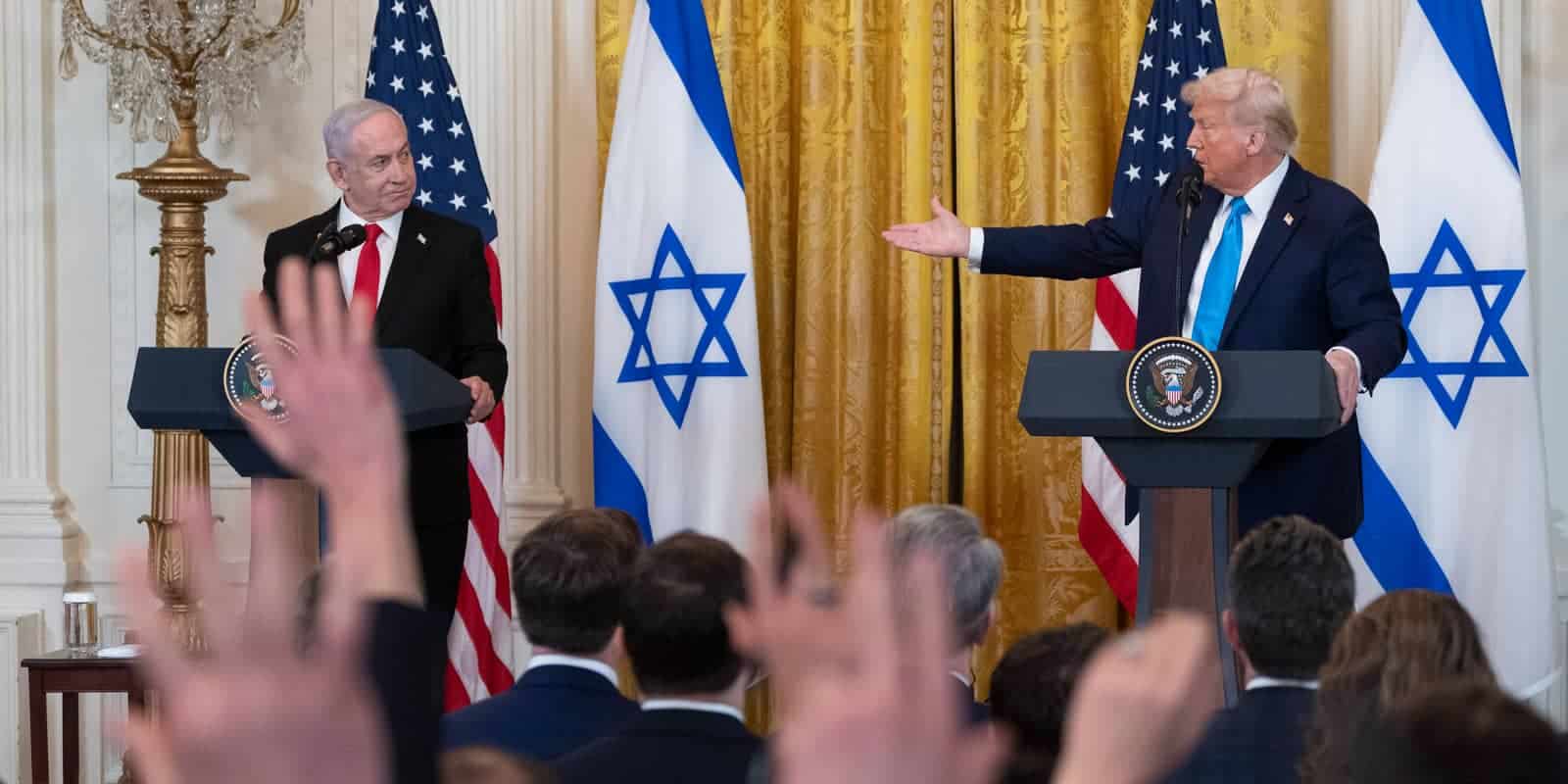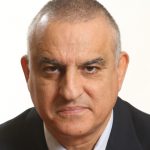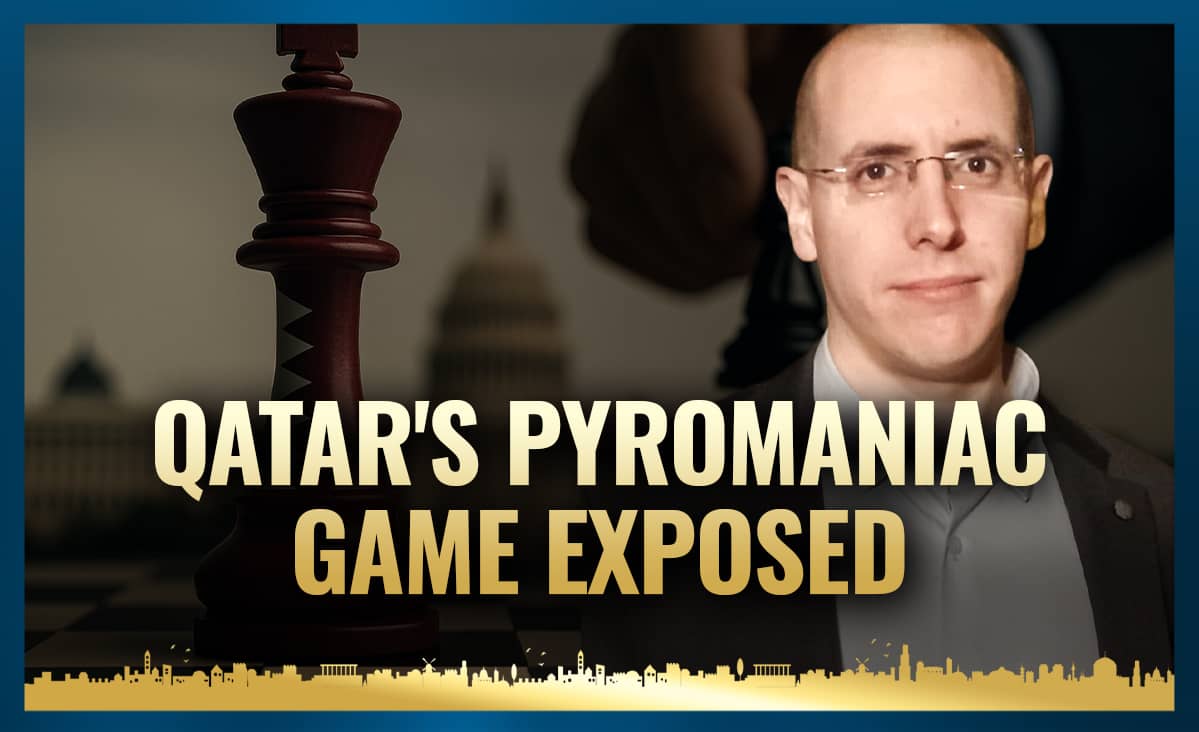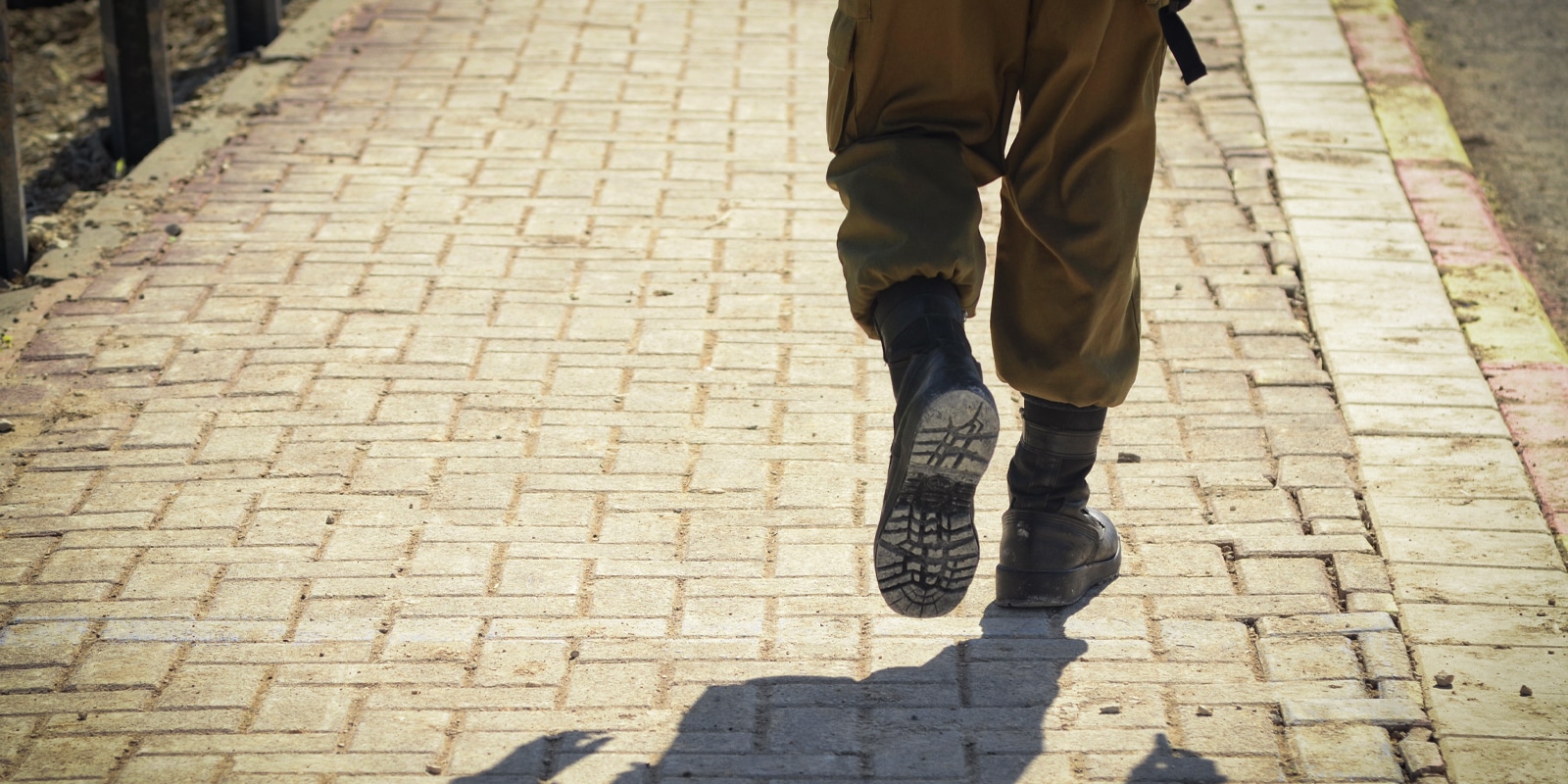Introduction
After more than a decade of civil war, Syria in 2025 is no longer the unified state it once was. The war, which began in 2011, has, de facto, left the country fragmented into zones of influence controlled by different ethnic and religious groups. The Kurds in the northeast, Druze in the Jabal al-Druze region in the south, Alawites along the coast, and Sunnis in the central and eastern regions—most of these now function as semi-autonomous entities, often under the patronage of foreign powers such as Turkey, Russia, and even Israel. The state no longer functions as a centralized governing entity, and the central government in Damascus exercises limited control. The erosion of central authority intensified with the fall of Bashar al-Assad’s regime in December 2024, and the new regime has proven incapable of bridging the country’s ethnic and sectarian divides. It is important to note that Syria was never a true nation-state to begin with, but rather a mosaic of ethnic groups created by the Sykes–Picot agreements and the French Mandate.
Al Sharaa: Weak and Dangerous, or a Potential Partner?
Syria’s president, Ahmed al-Sharaa —also known by his nom de guerre Abu Mohammad al-Julani—rose to power after leading the rebel offensive that brought down the Assad regime in December 2024. Al-Sharaa is the head of Hay’at Tahrir al-Sham, a group rooted in global jihad and al-Qaeda that focused on fighting the Alawite regime under Assad. Despite his attempts to portray himself as a moderate leader—dressed in a Western suit and speaking the language of national reconciliation—his jihadist ideology remains unrepented, and his inner circle is composed of figures committed to that worldview. Al-Sharaa’s control over Syria is limited and contested. He primarily governs areas populated by Sunni Arabs, who constitute the majority (over 70 percent) of Syria’s population—in other words, Damascus and its surroundings. He also has a presence in major central cities (Aleppo, Homs, and Hama), southern Syria—albeit with Israeli-imposed restrictions on the deployment and operation of regime forces—and along border regions with neighboring states. Yet even in these areas, he faces challenges from Sunni actors pursuing particularist interests (e.g., Bedouins in the south), or from those committed to Islamist ideology to varying degrees and motivated by vengeance against Assad loyalists. This lack of effective control weakens al-Sharaa and hampers efforts to unify the country under his leadership.
Although he struggles to establish internal legitimacy—primarily due to strained relations with minority communities that view his rhetoric about protecting minority rights with justifiable suspicion—he is nonetheless seen within Syria (first and foremost by the Sunni majority, but also by minorities) as the legitimate ruler. Beyond this, he enjoys broad international and Arab legitimacy and has the backing of Turkey, Qatar, and Saudi Arabia. These factors help him contend with the challenges he faces and attempt to stabilize his rule, albeit at the cost of dependence on foreign power brokers.
Al-Sharaa is acutely aware of his weaknesses. He knows that his rule is unstable and that the lack of effective control across Syria could endanger his position. To address these vulnerabilities, he seeks to bolster both domestic and external commitments to his leadership. He proceeds cautiously, striving to remain true to his ideological and political agenda while simultaneously securing the broad support needed to attract investment for rebuilding Syria’s devastated economy.
His awareness of his fragile standing leads him to employ ambiguous rhetoric, including toward Israel, in an effort to avoid direct confrontation—while simultaneously attempting to project strength as a defender of Syrian sovereignty. The deployment of regime forces to the Sweida region in July 2025 led to an escalation, as Israel responded forcefully to protect its interests and defend its Druze allies. These actions could lead to broader military confrontations, further destabilizing Syria and affecting the entire region. Al-Sharaa’s weakness, combined with the refusal of various jihadist factions to accept his authority, could result in spillover of hostilities toward Israel’s border, posing a real threat to communities on the Golan Heights.
Enforcing Interests in Syria through Force and Diplomacy
Following the blows it dealt to Iran and Hezbollah and the fall of the Assad regime, Israel has consolidated its position as a regional power that is also capable of influencing events in Syria. It advances its interests using both military force and diplomatic tools. These interests center on three main objectives: preventing an Iranian foothold in Syria (a shared interest with al-Sharaa), ensuring the demilitarization of southern Syria, and protecting minorities—particularly the Druze—whom Israel considers allies.
Accordingly, when regime forces entered Sweida province with heavy weaponry, violating demilitarization understandings and commenced a massacre against the Druze, Israel responded with targeted airstrikes on military vehicles, convoys, and even strategic targets in Damascus, including the entrance to the General Staff compound and near the presidential palace.
These Israeli strikes were not merely a tactical response but part of a broader enforcement policy employing military power. Prime Minister Benjamin Netanyahu and Defense Minister Israel Katz declared that Israel would not permit the introduction of heavy weapons into southern Syria and would act forcefully against any violations of demilitarization. This policy reflects Israel’s status as a dominant player willing to use force to impose its will across the border, not only in Syria, but in other arenas as well.
Beyond military action, Israel also provided aid to the Druze community in Syria—concentrated mainly in the Sweida region—by supplying both humanitarian and military assistance to Druze militias, and evacuating wounded individuals for treatment at Ziv Medical Center in Safed. These actions sparked debate within the Syrian Druze community. Some supported Israeli intervention, while others—such as Sheikh Hammoud al-Hinnawi—opposed it and emphasized their commitment to Syrian sovereignty.
In parallel with its use of military force to achieve its objectives, Israel has also pursued diplomatic engagement. Contacts with the new Syrian regime began even before the most recent flare-up, including mediation by the United States, the United Arab Emirates, and Azerbaijan. The most significant development came after relative calm was restored in Sweida, when Strategic Affairs Minister Ron Dermer and National Security Advisor Tzahi Hanegbi met with Syrian Foreign Minister Asaad al-Shaibani in Paris (July 24 and 27), mediated by the U.S. special envoy for Syria, Tom Barrack.
Implications and Prospects
The situation in Syria remains fluid and complex. The fragmented state is unlikely to be unified under a strong central authority any time soon, and al-Sharaa’s weakness suggests that one possible scenario is the continued—and even expanded—breakdown of control. Israel, as a regional power, continues to exploit the vacuum to advance its interests, but its actions are not without risk, particularly given that military intervention in Syria could provoke opposition from Turkey.
Moreover, Israel’s support for the Druze—despite its moral and strategic rationale—has stirred controversy within the Druze community itself. While some view Israel as a protector, others fear its involvement could heighten tensions with the Syrian regime and jeopardize their standing. Additionally, Israel’s support for the Druze minority—and potentially for the Kurds as well—may be perceived as an effort to fragment Syria into separate zones of influence, contrary to the positions of many states, chief among them the United States and Turkey.
Since stability in Syria appears unlikely in the near future, Israel’s leadership will need to evaluate the best course of action among several alternatives. Ultimately, however, if it is to follow through on the declarations by the prime minister and defense minister regarding protection of the Druze minority, it will have to effect a meaningful shift on the ground—chiefly by building a sphere of influence in the Jabal al-Druze region, potentially including the establishment of a Druze armed force under Israeli sponsorship. At the same time, Israel will need to continue enforcing demilitarization in southwestern Syria (from Damascus southward). It may even need to expand its buffer zone to prevent jihadist elements from infiltrating the area and approaching the Golan Heights.
Another possibility under consideration is the creation of a land corridor from the southern Golan Heights to Sweida, which would at times require an IDF presence on the ground. Israel could also offer Druze residents who wish to do so the option of relocating closer to the Israeli border. And, of course, the broader alternative would be to openly promote the division of Syria into autonomous entities along sectarian lines: Druze in the southwest, Kurds in the north, Alawites in the west, and Sunnis in the country’s center.
Conclusion
Syria in 2025 is a fragmented state in which various ethnic and religious groups are vying for control and autonomy. President Ahmed al-Sharaa’s control over the country is limited, and his inconsistent and ambiguous policies continue to raise concerns among Syria’s minorities and within Israel’s leadership. Israel is positioning itself as a regional power capable of enforcing its interests through military force and diplomacy. Its actions in southern Syria—including the implementation of demilitarization and protection of the Druze—reflect a doctrine of enforcement aimed at bolstering national security and shaping the political and security reality beyond its borders. The greatest threat to Israel is the potential infiltration of jihadist forces with tacit regime approval—something that could endanger communities on the Golan Heights. This is a threat Israel must be prepared to counter effectively.
JISS Policy Papers are published through the generosity of the Greg Rosshandler Family.
